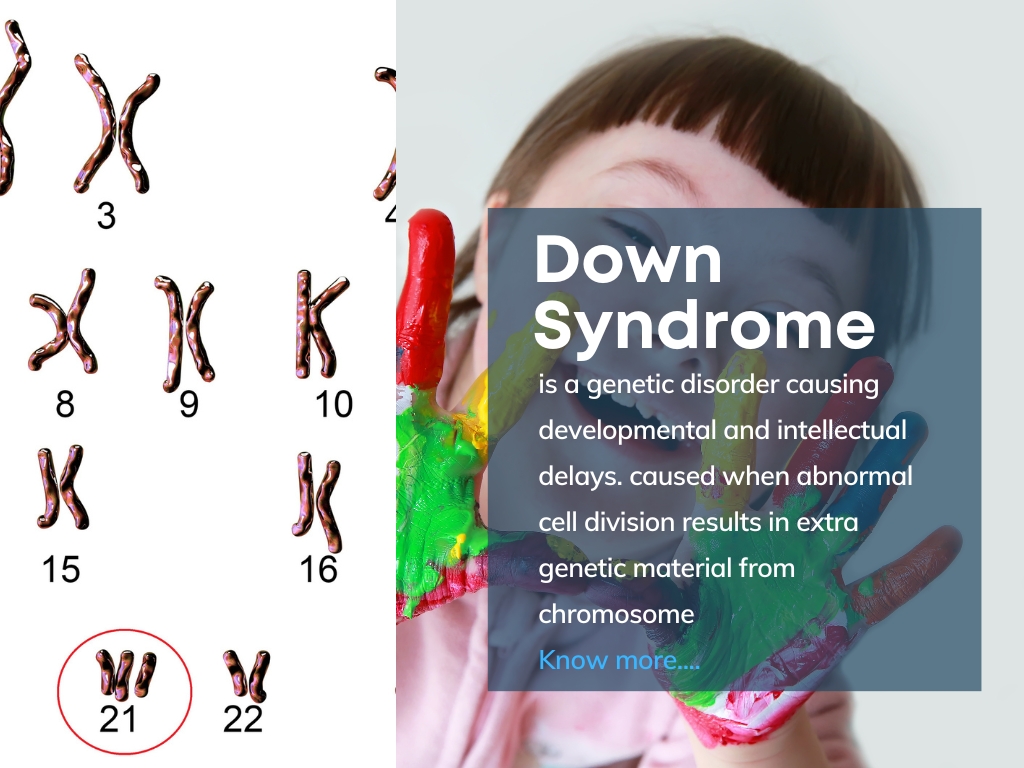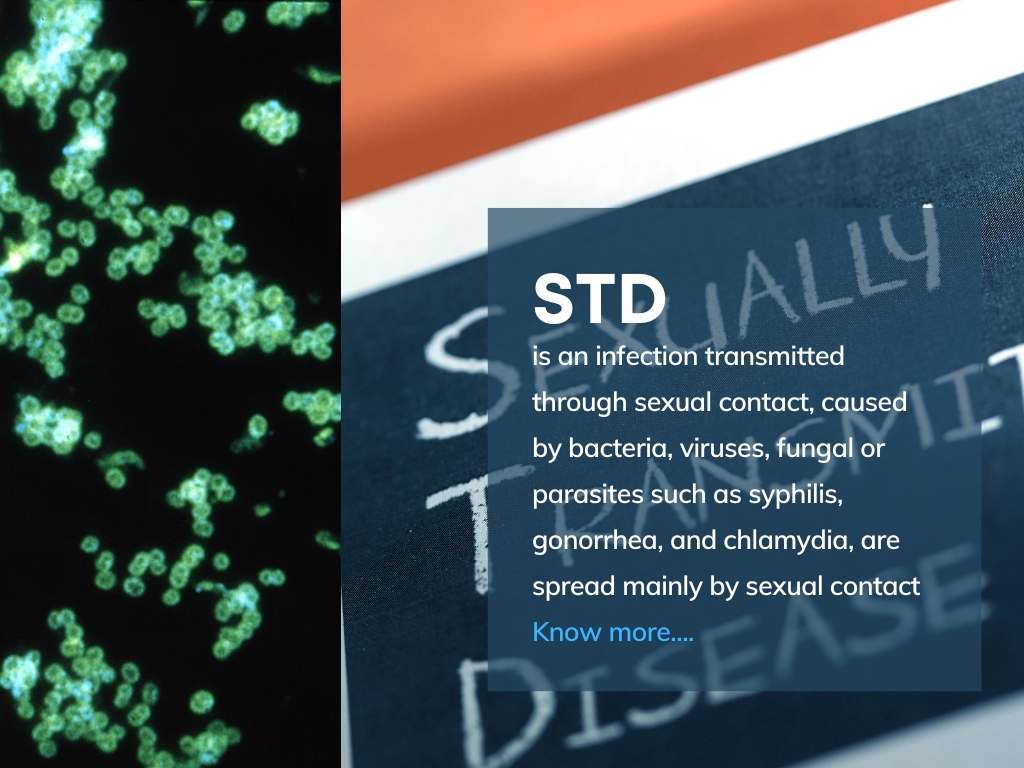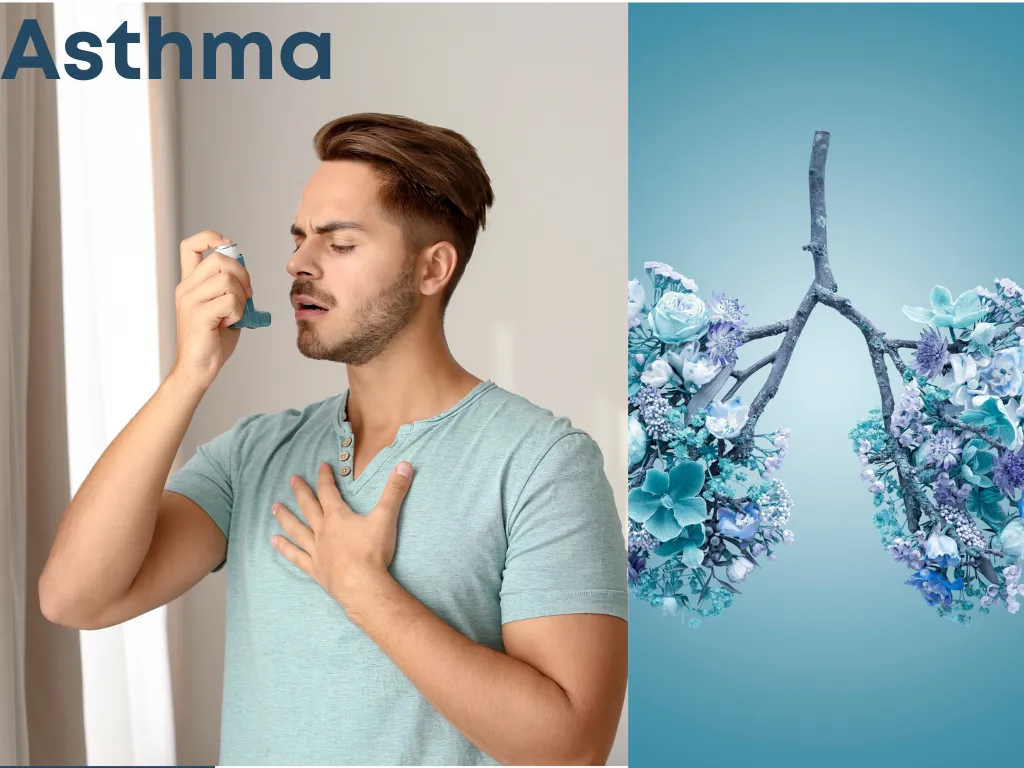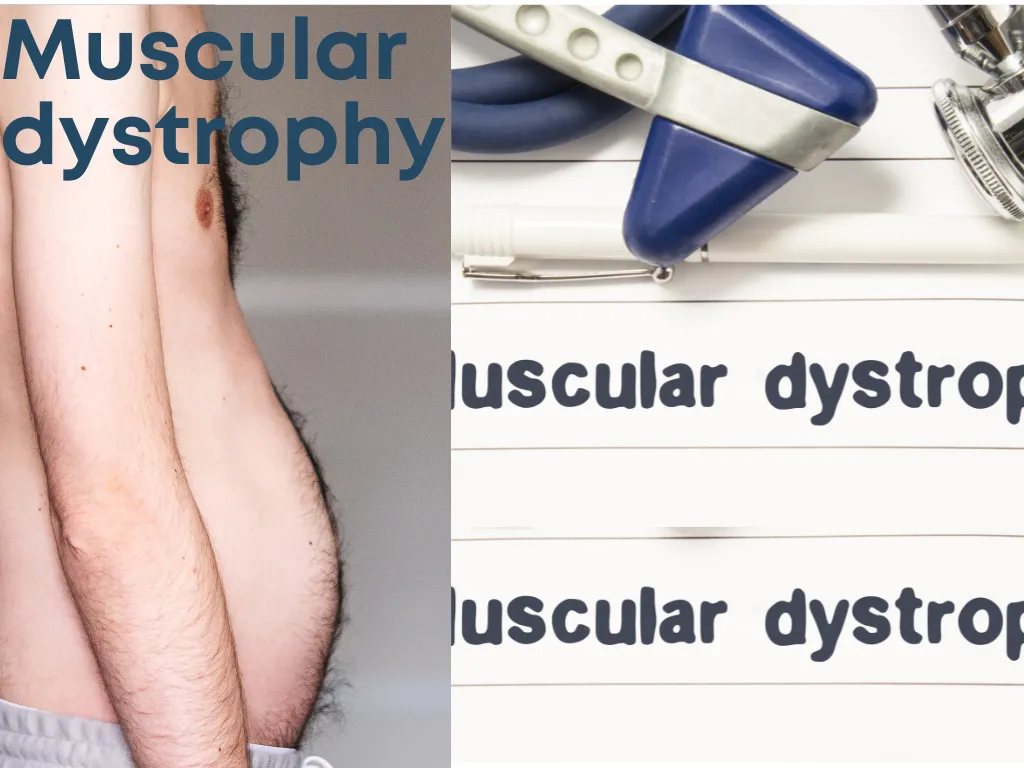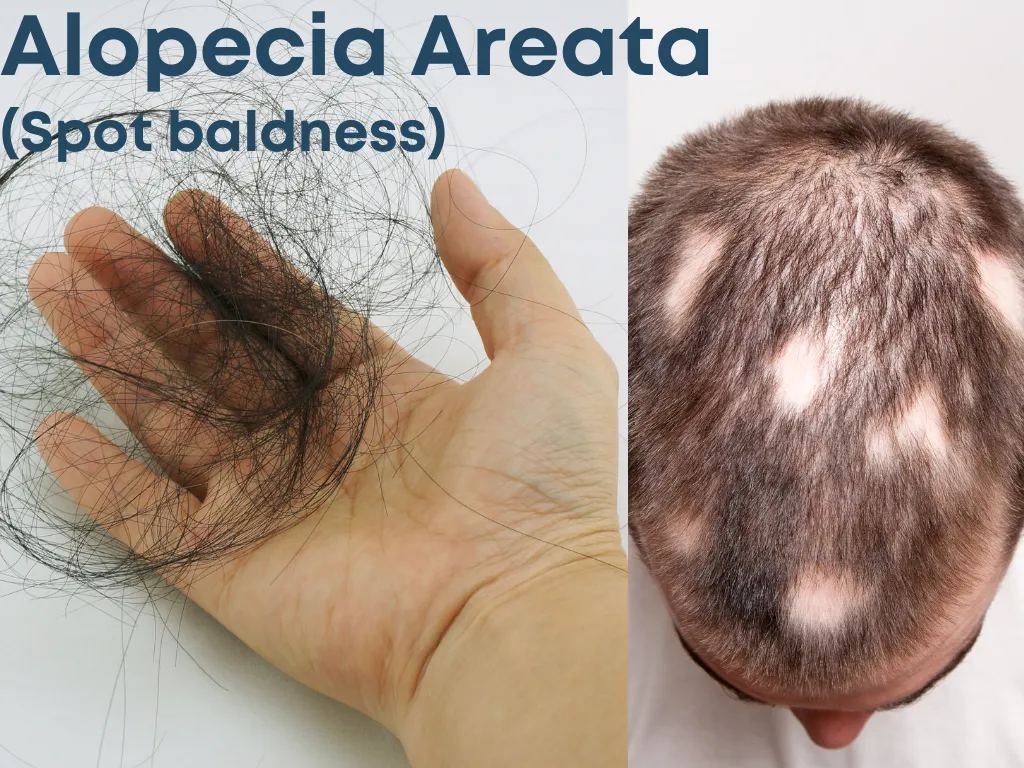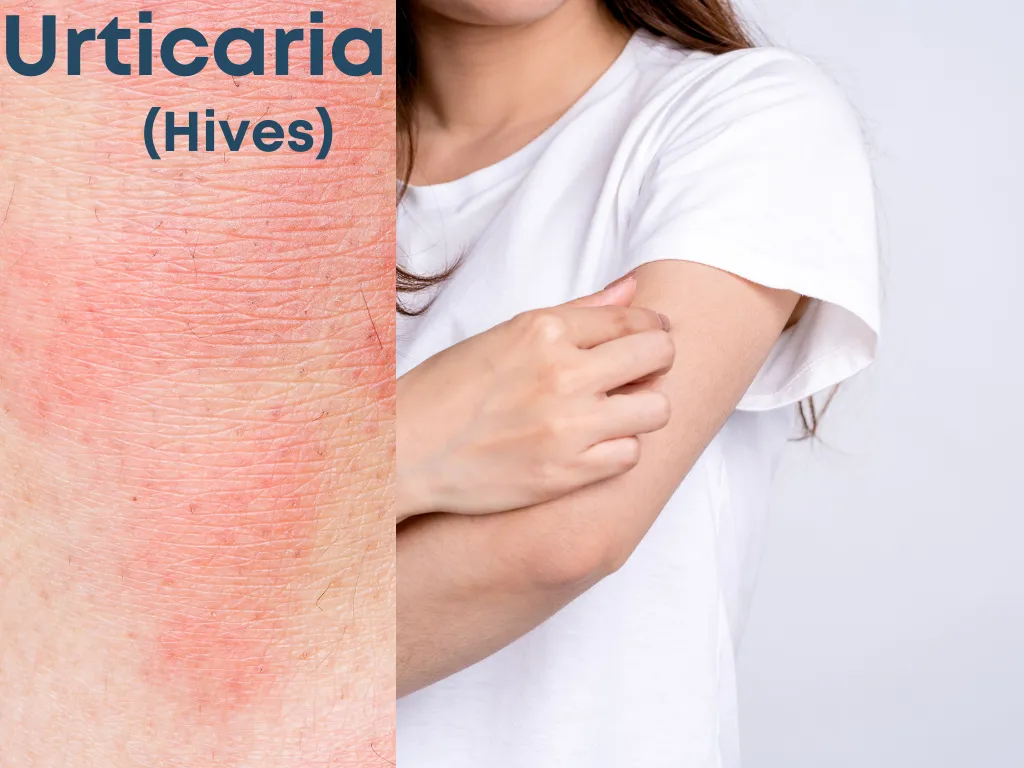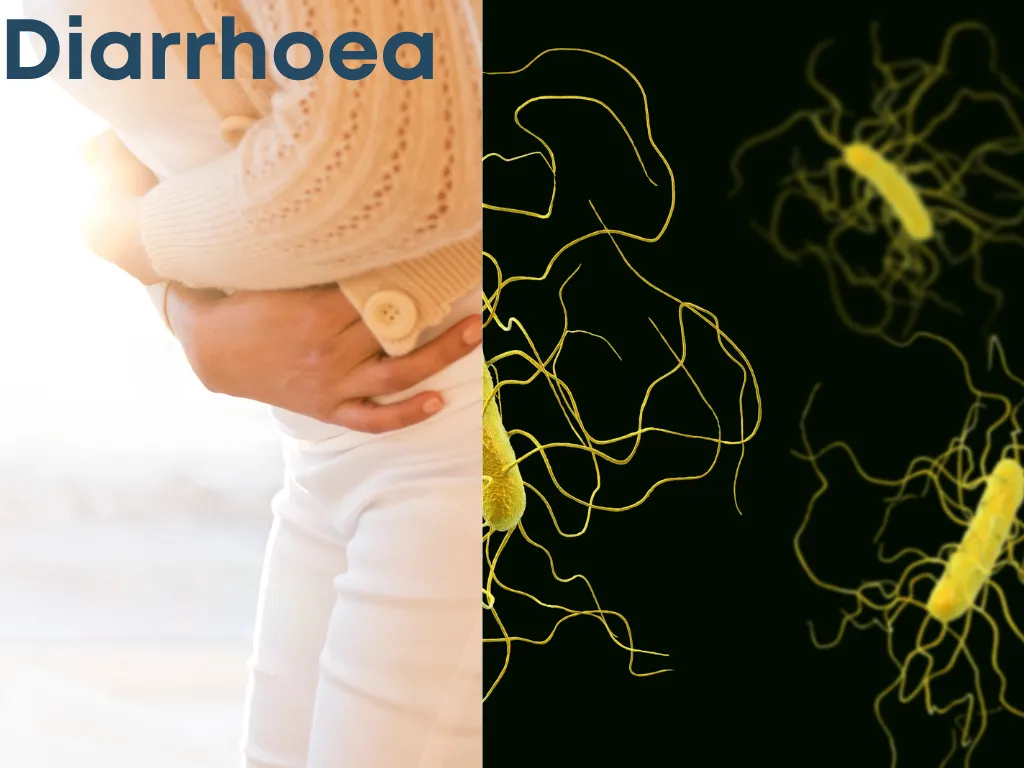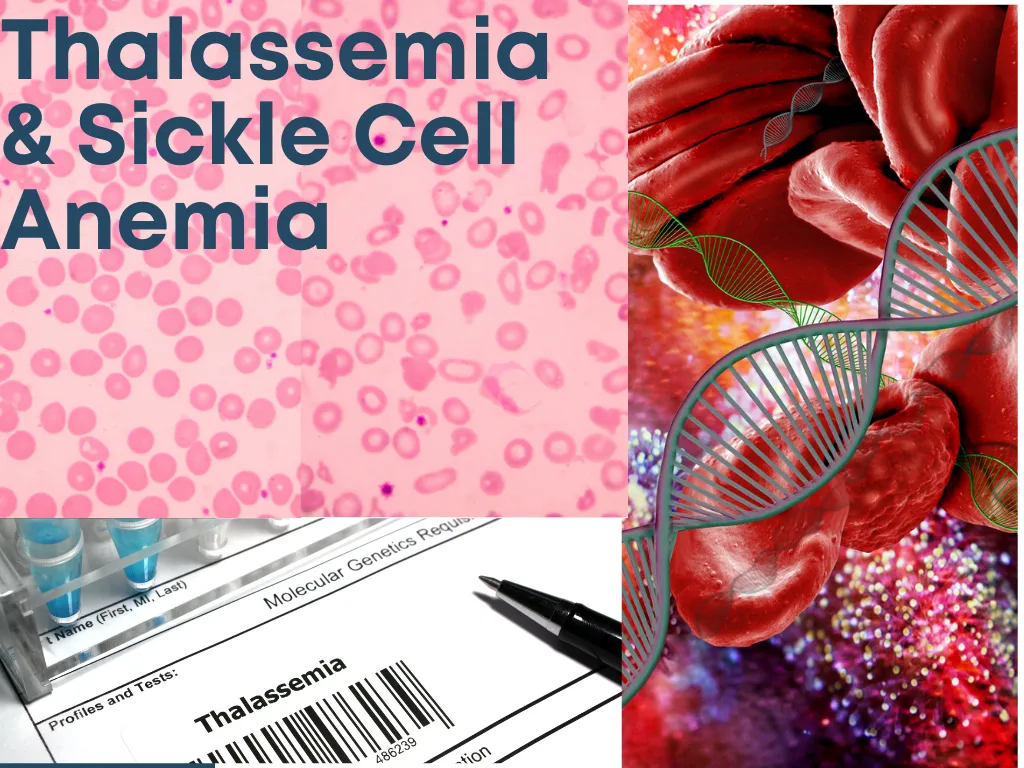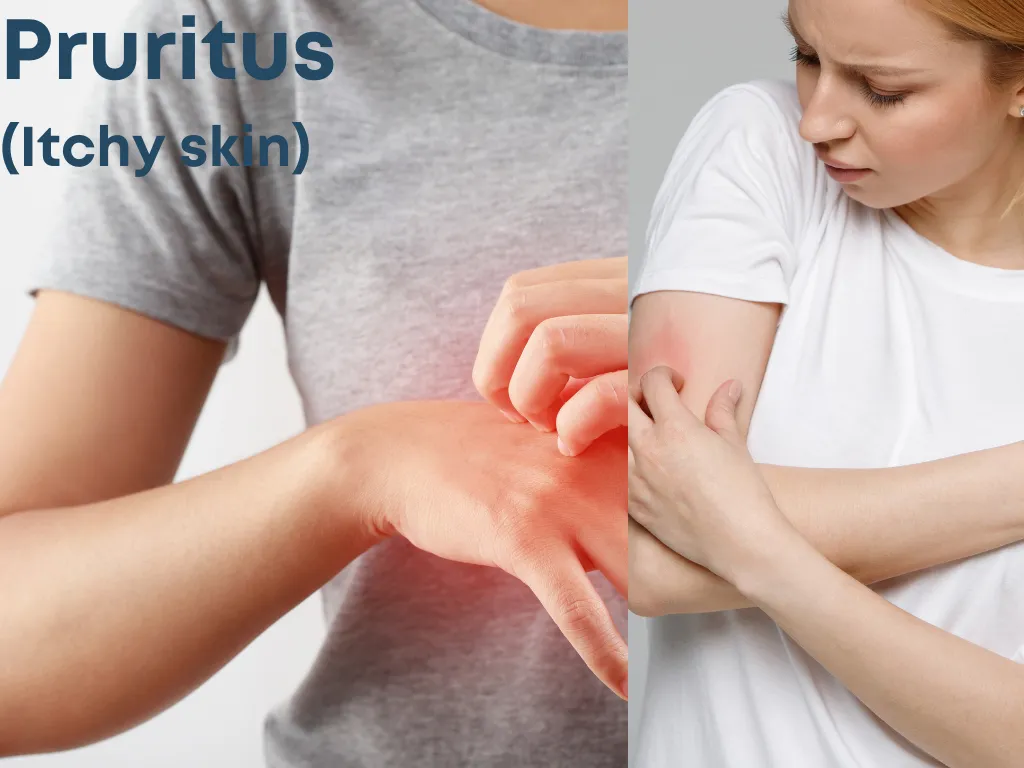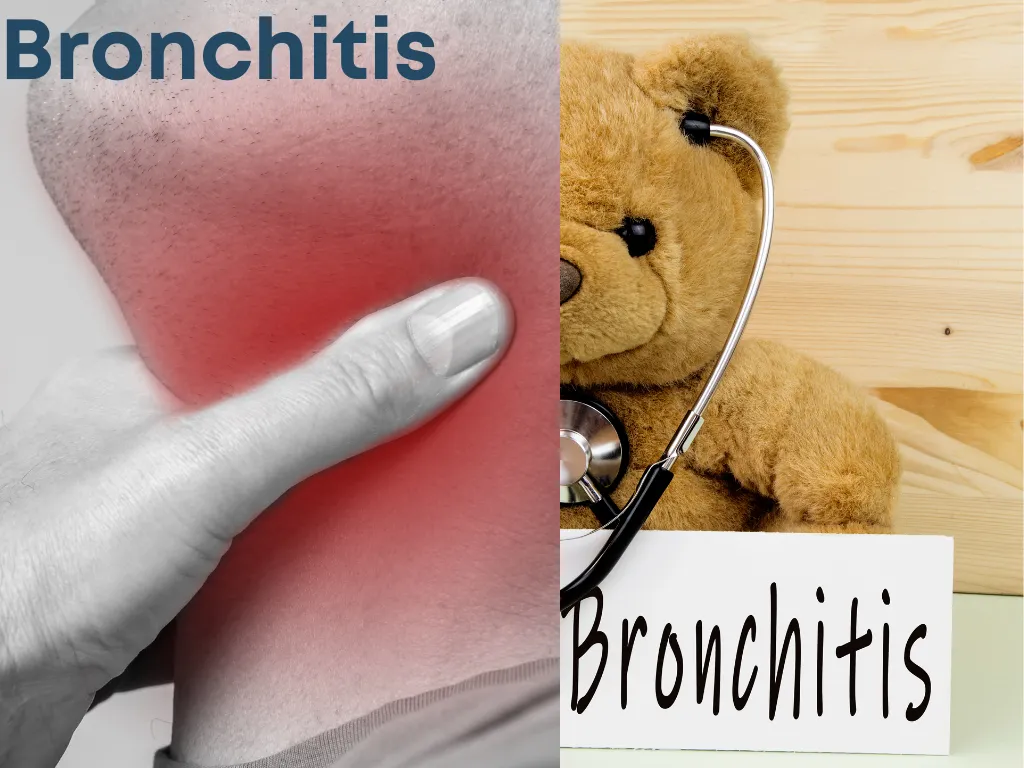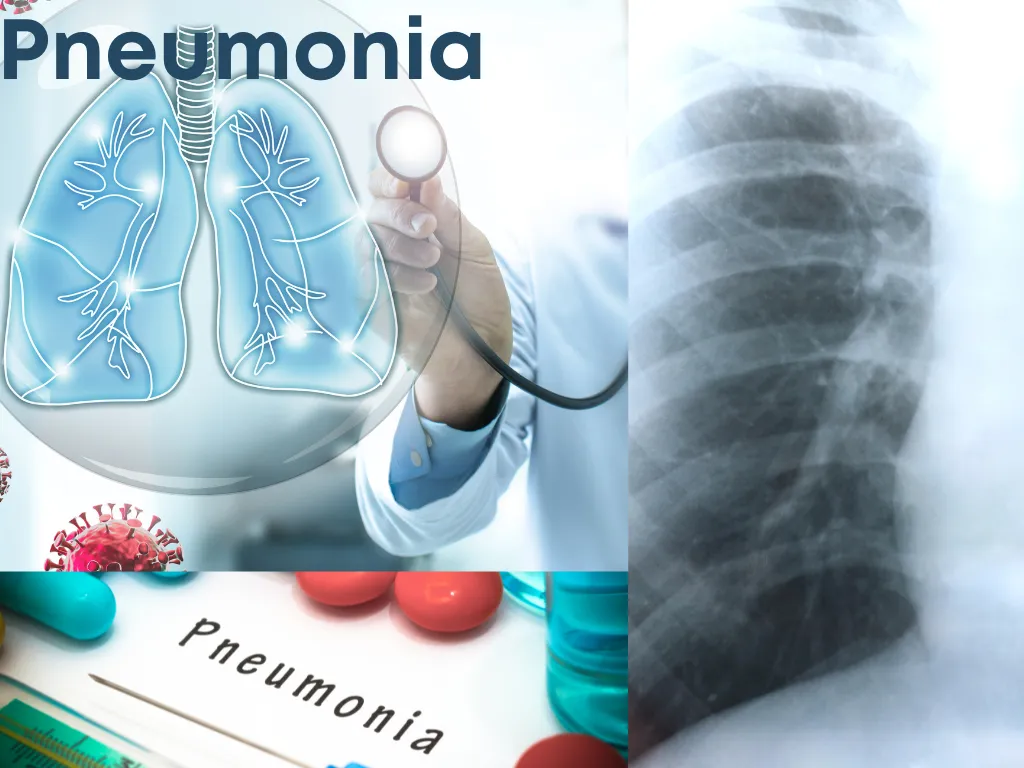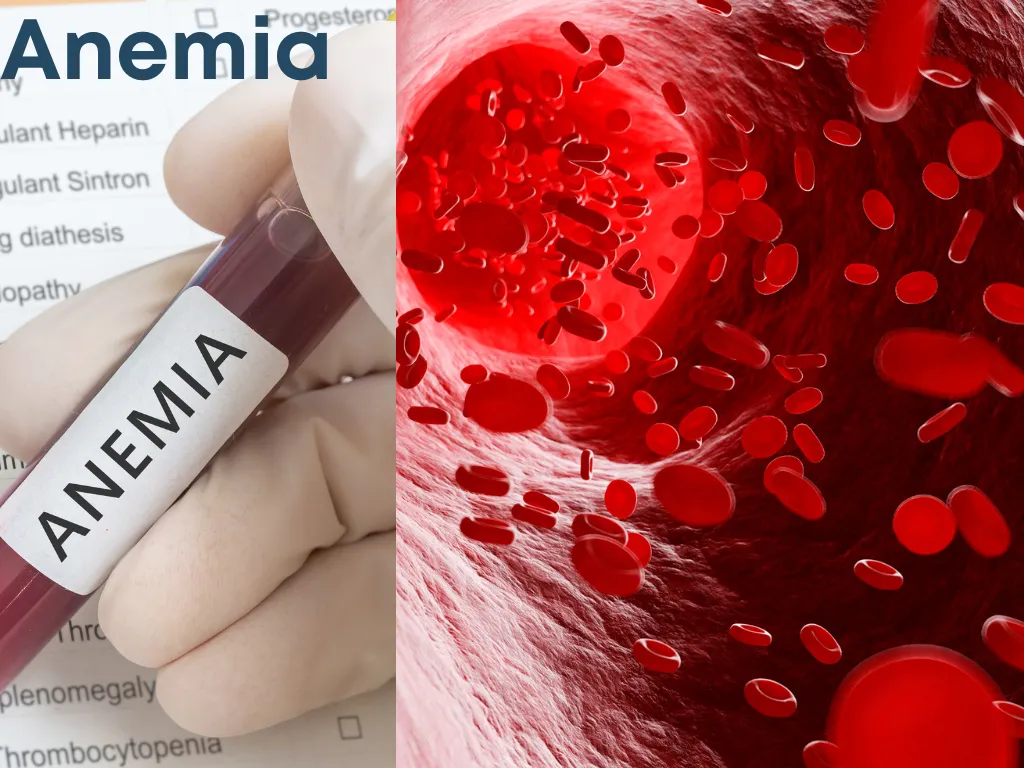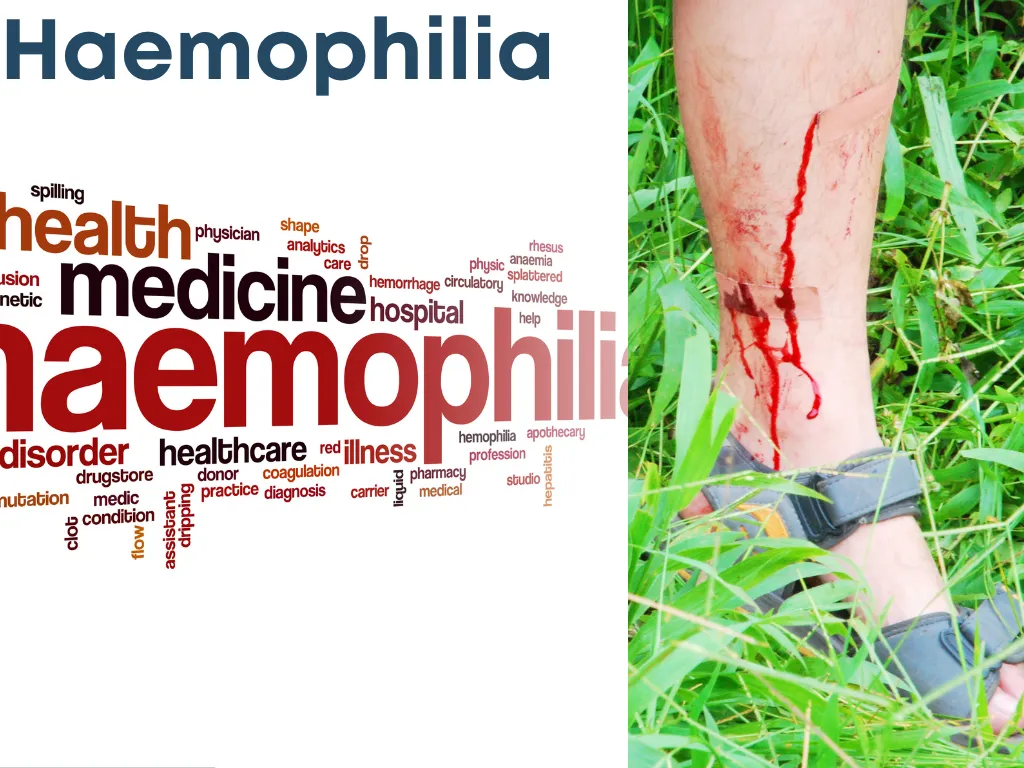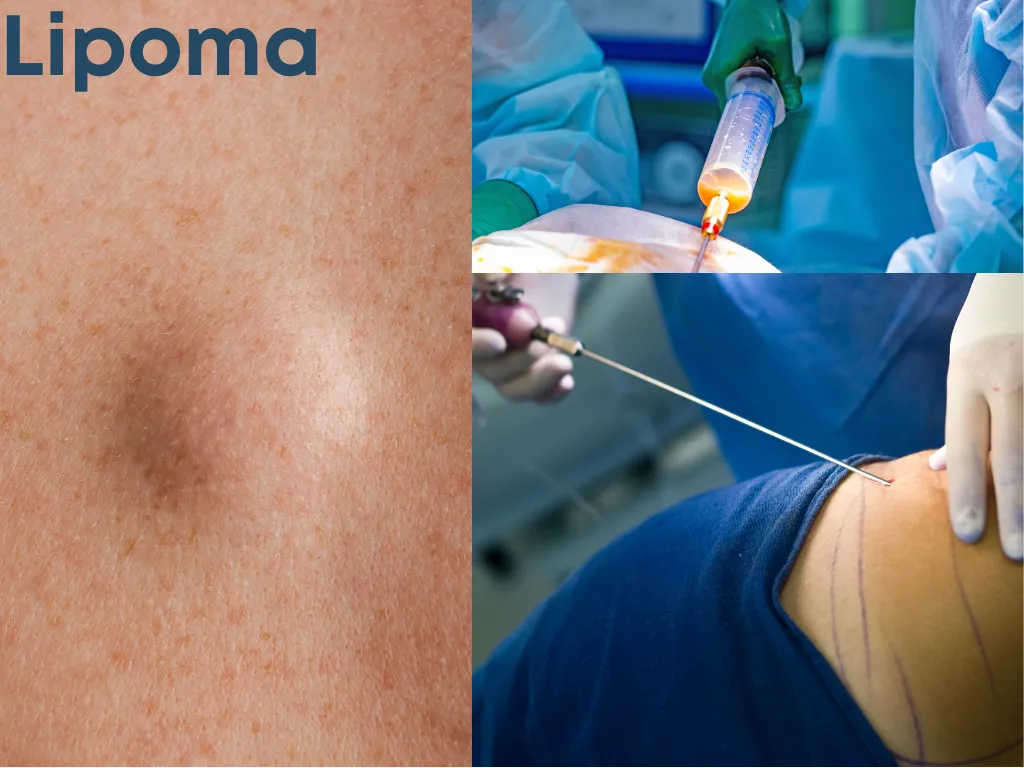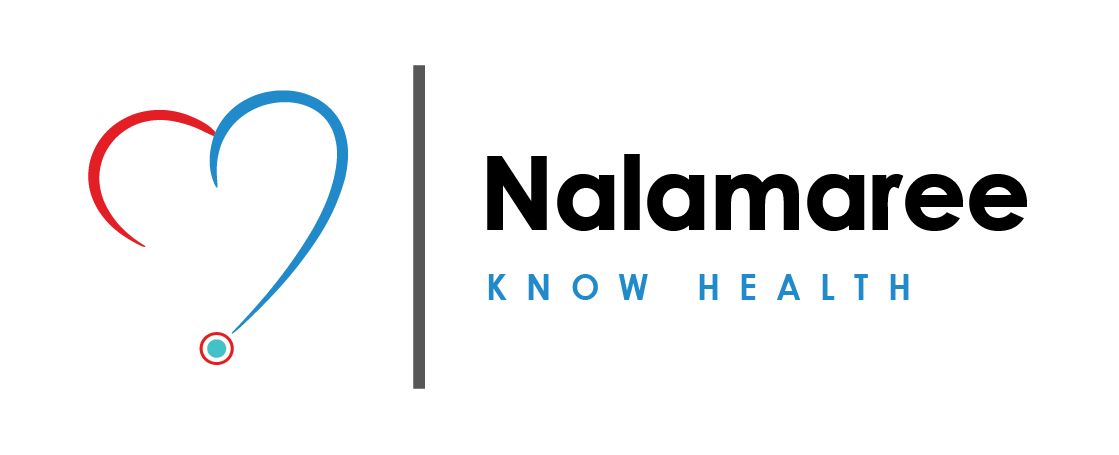Down Syndrome
-
 Nalamaree Team
Nalamaree Team
- 18 September 2024
Overview
Down syndrome is a genetic disorder caused by the presence of an extra chromosome 21, leading to developmental and intellectual delays. It is also known as trisomy 21, as individuals with Down syndrome have three copies of chromosome 21 instead of the typical two.
This extra genetic material alters the course of development and causes characteristic physical features, such as slanted eyes, a flat facial profile, and a short neck.
Individuals with Down syndrome typically exhibit distinctive facial features, such as almond-shaped eyes, a flattened facial profile, and a protruding tongue. They may also have low muscle tone (hypotonia), which can affect their motor skills and coordination.
Causes
Down syndrome is caused by the presence of an extra copy of chromosome 21 in a person's cells. Normally, each cell in the human body contains 23 pairs of chromosomes, for a total of 46 chromosomes. However, individuals with Down syndrome have an extra copy of chromosome 21, resulting in a total of 47 chromosomes.
There are three main types of Down syndrome:
Symptoms
Treatment: Modern Medicine
While there are no specific medications to treat Down syndrome itself, medications may be prescribed to manage associated medical conditions or symptoms. For example:
Treatment: Traditional Medicine
Caution

